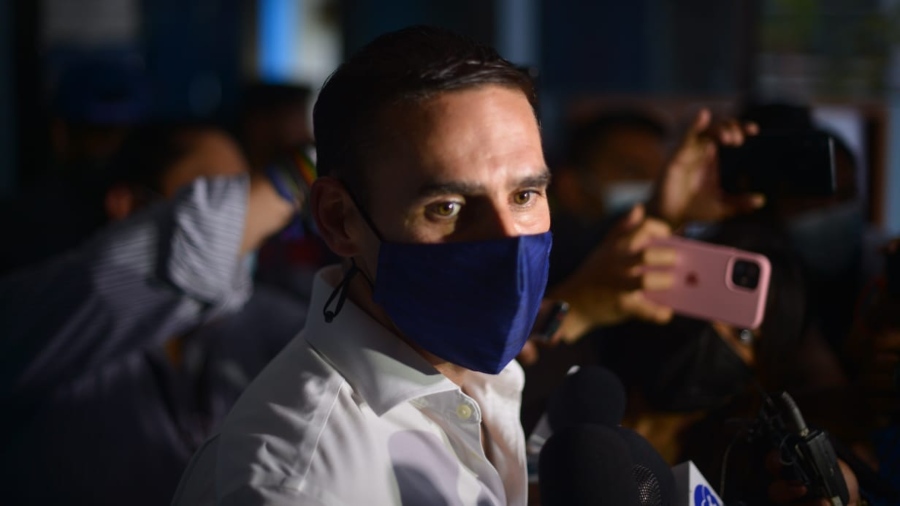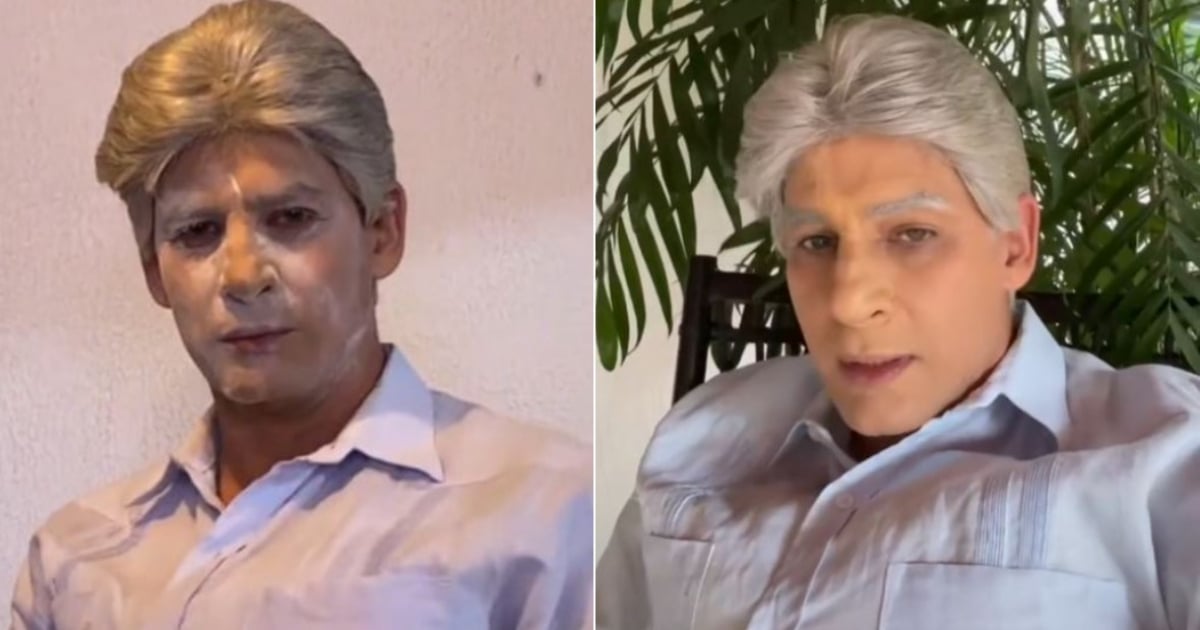The US Supreme Court this Friday dealt a blow to Joe Biden’s government and, incidentally, millions of university students. Its nine-judge bench in the last sentence of the course partially eliminated education loans offered by the education department. The high court’s ruling is particularly damaging to low-resource students, most of whom are Hispanic and African-American. For these groups, it was the second judicial setback after Thursday’s six-judge Supreme Court’s conservative majority against three dealt a fatal blow to affirmative action in university admissions based on applicants’ race.
The same majority supported the new ruling, which agrees with the six plaintiff states along with the Republican majority, and held that the Biden administration lacked the authority to order the removal without congressional authorization.
The Joe Biden administration decided to offer $10,000 in loan forgiveness based on the HEROES Act passed after 9/11. That number can go up to $20,000 for Pell Grant recipients, a sprawling federal program with Department of Education loans that benefits about six million students from low-income families. About $400,000 million was canceled in the move. For Biden, this is one of the central arguments in his quest for the youth vote for his re-election campaign in 2024.
The 77-page sentence was signed by Chief Justice John Roberts and included a dissenting opinion from liberal Elena Kagan, supported by Katanji Brown Jackson and Sonia Sotomayor. Roberts writes: “Secretary [de Educación, Miguel Cardona] He says the Heroes Act gives him the power to cancel student loans. It is not like this. Today we believe that you can ‘avoid or modify’ existing statutory or regulatory provisions that apply to financial aid programs under the Education Act, but not rewrite that law from scratch. At another point, the president adds that Cardona violated the “French Revolution ‘transformed’ the status of the French aristocracy, when “it abolished their rights and substituted for them an entirely new regime.
Kagan, for her part, argued that the government has the authority to shape the program and that the ruling would affect “40 million Americans.”
“This fight is far from over,” Biden advanced this Friday in a statement distributed by the White House, in which he promised to announce new steps later in the afternoon to challenge the “wrongful” judicial decision. “My administration’s student loan relief program would have been a lifeline for millions of hard-working Americans trying to recover from a once-in-a-century pandemic,” he added. “It would have changed the lives of millions of Americans and their families. And it would have been good for short-term and long-term economic growth.
The decision comes as the moratorium imposed on the payment of these loans due to the pandemic and the expiry of three years in force. That moratorium suggests September; Beneficiaries of the break will resume payments from October.
Borrowers with an individual income of less than $125,000 ($250,000 for married couples) are eligible for this partial forgiveness. According to the White House, The decision is likely to benefit up to 43 million people and includes cancellation of total dues for 20 million.
Since 1980, the total cost of public and private four-year colleges It has tripled, even taking inflation into account. Bell Grants came to hide almost 80% The cost of a four-year public university degree for students from working families, however, now covers only about a third. This leaves many low- and middle-income students with no choice but to take out loans to pursue a college degree in a country where tuition fees for public and private universities are much higher than in other countries.
The White House has argued that skyrocketing federal student loan debt — $1.6 trillion and rising for more than 45 million borrowers — is a significant burden on America’s middle class. “They struggle with high monthly payments and mounting balances, which make it difficult for them to accumulate wealth, as well as buy homes, save for retirement and start small businesses,” he argued.
For the most vulnerable borrowers, the consequences of debt are even worse. According to a Department of Education analysis of a recent sample of college students, nearly a third of borrowers have a loan but no title. Many of them could not complete their degree because of high tuition fees.
About 16% of borrowers default, as a result of which the government can garnish their wages or lower their credit score, a key number that guides American society financially.
The burden of student debt also falls disproportionately on African-American communities. Twenty years after first enrolling in school, the average black student who started college in the 1995-96 school year According to a report from Brandeis University in Massachusetts, he still owes 95% of his original student loan.

/cloudfront-eu-central-1.images.arcpublishing.com/prisa/E7HHUPNBBFHDTPHDNPHQVSZ7EI.jpg)



